As the year draws to a close, we have two pieces of good news to share - and they both involve our headquarters: the Modulightor Building.
First, we are happy to report that the New York City Landmarks Preservation Commission voted unanimously to make the building a New York City landmark at this week’s hearing on December 19th. At the public hearing on November 28th, 2023 four people testified in support of designation and no one spoke in opposition. In addition, the commission received 30 written submissions in support of designation. The building now joins Rudolph’s 23 Beekman Place residence and the Hirsch (Halston) Residence at 101 East 63rd Street as New York City landmarks designed by the Mr. Rudolph.
The Commissioners had praise for Mr. Rudolph’s work. Vice Chair Frederick Bland said, “Rudolph was the reason I became and architect, so he’s an important guy for me. I think this is a great designation. Partly, because there are fewer and fewer Rudolph buildings around and he’s undeniably an important midcentury and later architect.”
Commissioner Jeanne Lufty noted Rudolph’s Modulightor was being reviewed by the Commission along with Ulrich Franzen’s 1957 Barkin, Levin & Company Office Pavilion. “Both of these projects are aberrations from their brutalist style and so they are a little more refined and they are definitely a little more expressive of what was going on at the particular time, and as Fred said we are so fortunate to sort of capture them and preserve them and recognize them and I am so happy to be part of that process,” she said.
“This is one of my favorite buildings,” said Commissioner Everardo Jefferson. “And the reason is, is the intricacy of it. And the exterior is so intricate and then you go inside and it becomes even more intricate. And you begin to wonder about the mind of this guy, how he was able to put these pieces together and move them around. Its just a marvelous experience.”
Commissioner Michael Goldblum said, “I was lucky enough to tour this building a few years ago and its really a marvel, not only because of its design - which is remarkable - but because of the integration of the architect’s own personality and history into every aspect of the building. Its his Taliesin in a way, he wanted it to kind of be this little idealized expression of his ideology and methodology built in a mid-block site of Manhattan of all places. And its really a remarkable site and the prospect that the interior could become designated as well is I think to be greatly anticipated. When you see work like this, its so mechanistic and designed - its rectilinear. His drawings are so crisp and sharp and then you go and you see how he did it. The technology was so loose and handmade and artisanal in a way. It kind of works against the design but it makes it more charming at the same time. It is really a fascinating building and greatly deserving of protection.”
“The architects have a lot to say about this one obviously,” said Commissioner Stephen Chu. “I’ve always loved his sensibility to human scale and if you look at this, essentially glass building, it has so much human scale to it. And you compare it to a lot of the developer buildings being done right now which are very flat. This doesn’t have a lot of depth though, yet that minimal depth is able to achieve shadow, light and human scale which is so wonderful.”
Commission Chair Sarah Carroll concluded with, “so I think we have a lot of support for this one… I think this would be a great addition to our very special New York City landmarks. And I want to thank the owners. We have been working with the Institute that runs the building and they have been very engaged and very supportive and we’ve had really wonderful exchanges and conversations about this during the calendaring. And we’re also talking about the interior which is not yet of age, but we’re talking to them and we’ll keep an eye on that until it does become eligible for consideration.”
Commissioner Chen moved to landmark the Modulightor building and was seconded by Commissioner Goldblum.
"New York City's streetscape has always served as a canvas for some of the world's most creative minds, and the buildings designated today highlight two exceptionally innovative designs by internationally prominent modern architects, one at the start of his career, and the other towards the end of it," said Landmarks Preservation Commission Chair Sarah Carroll in a follow-up press release by the Commission. "I'm pleased that the Commission has chosen to recognize these modern architectural gems, and grateful that they'll be preserved for future generations to come."
After the decision, Ernst Wagner gave the following comment:
"During his lifetime, Rudolph wished our residence at 23 Beekman Place would become a study and resource center for the architectural community. When that didn't happen, I promised him that I'd use the Modulightor building to fulfill his wish and then created the Paul Rudolph Institute for Modern Architecture. It is fitting that the Modulightor building – designed by and dedicated to Paul Rudolph – will be preserved as a living example of his genius. Thank you to the Landmarks Preservation Commission for ensuring future generations will get to experience and learn from his work."
The landmarking of the Modulightor building resulted in the second piece of good news to end the year: the Modulightor building was gifted to the Paul Rudolph Institute For Modern Architecture by Ernst Wagner.
As referenced in his above comment, Ernst founded the Paul Rudolph Institute For Modern Architecture to keep his promise to Paul Rudolph that a study center would be created to share Rudolph’s ideas about architecture with the public.
We are profoundly grateful to Mr. Wagner for his continuous support of our mission to protect Mr. Rudolph’s legacy and promote his ideas about modern architecture. His gift allows the Institute to ensure the Modulightor building remains a publicly accessible, living example of Mr. Rudolph’s work and ideas.
We’ve got more planned for the coming year, and thank you to Ernst, the team at the New York City Landmarks Preservation Commission and all of you for making this year especially notable!

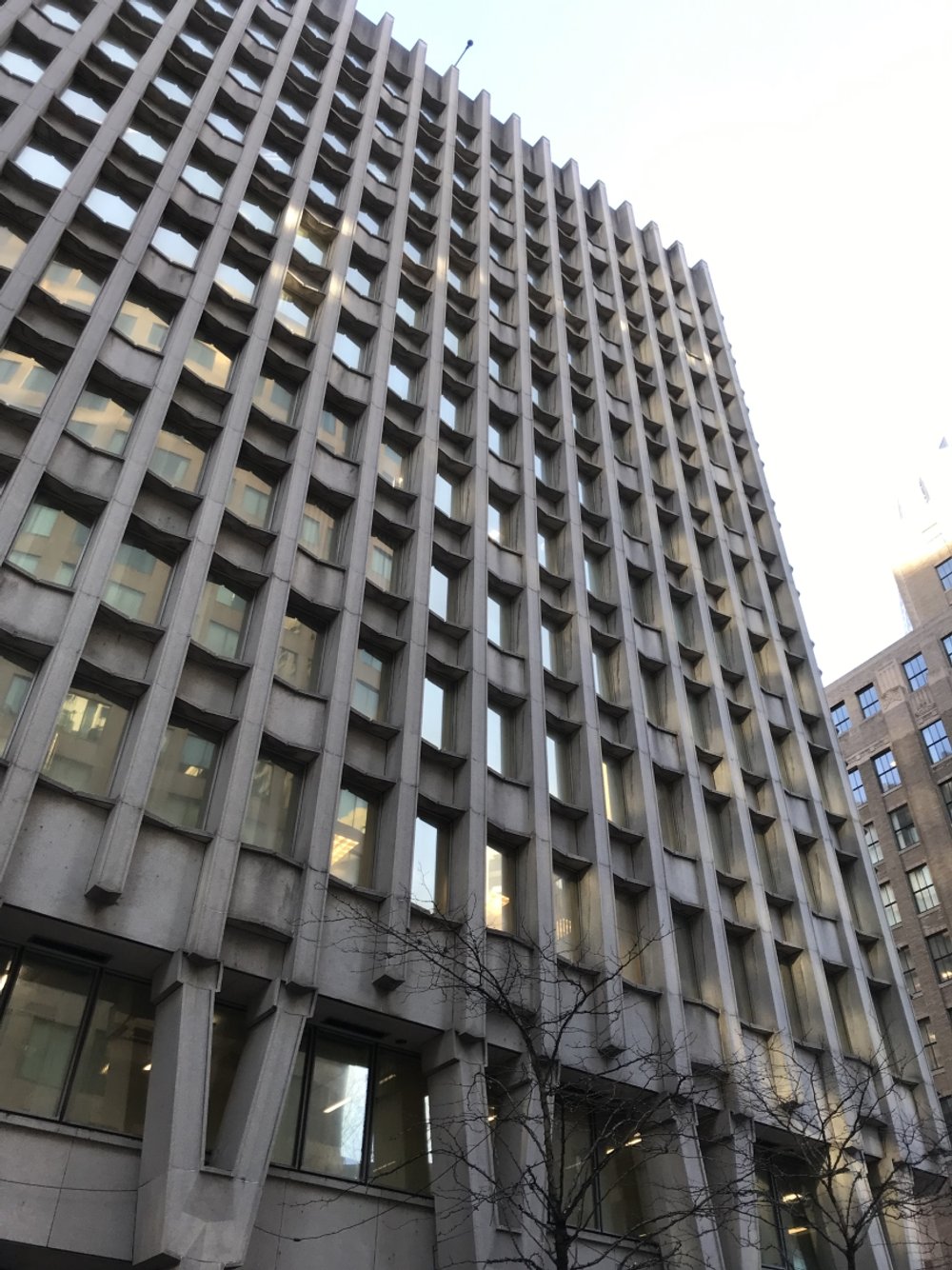



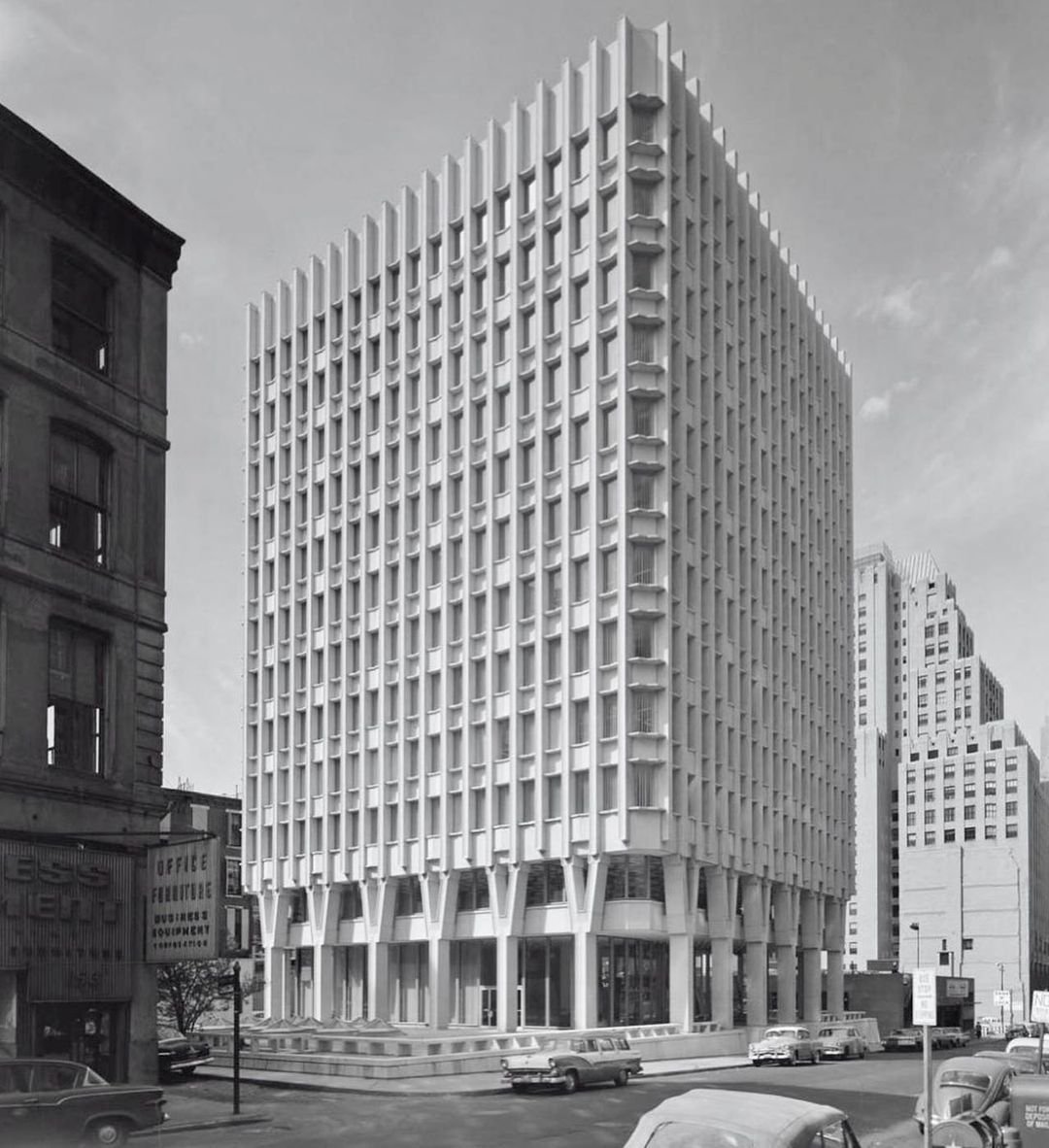




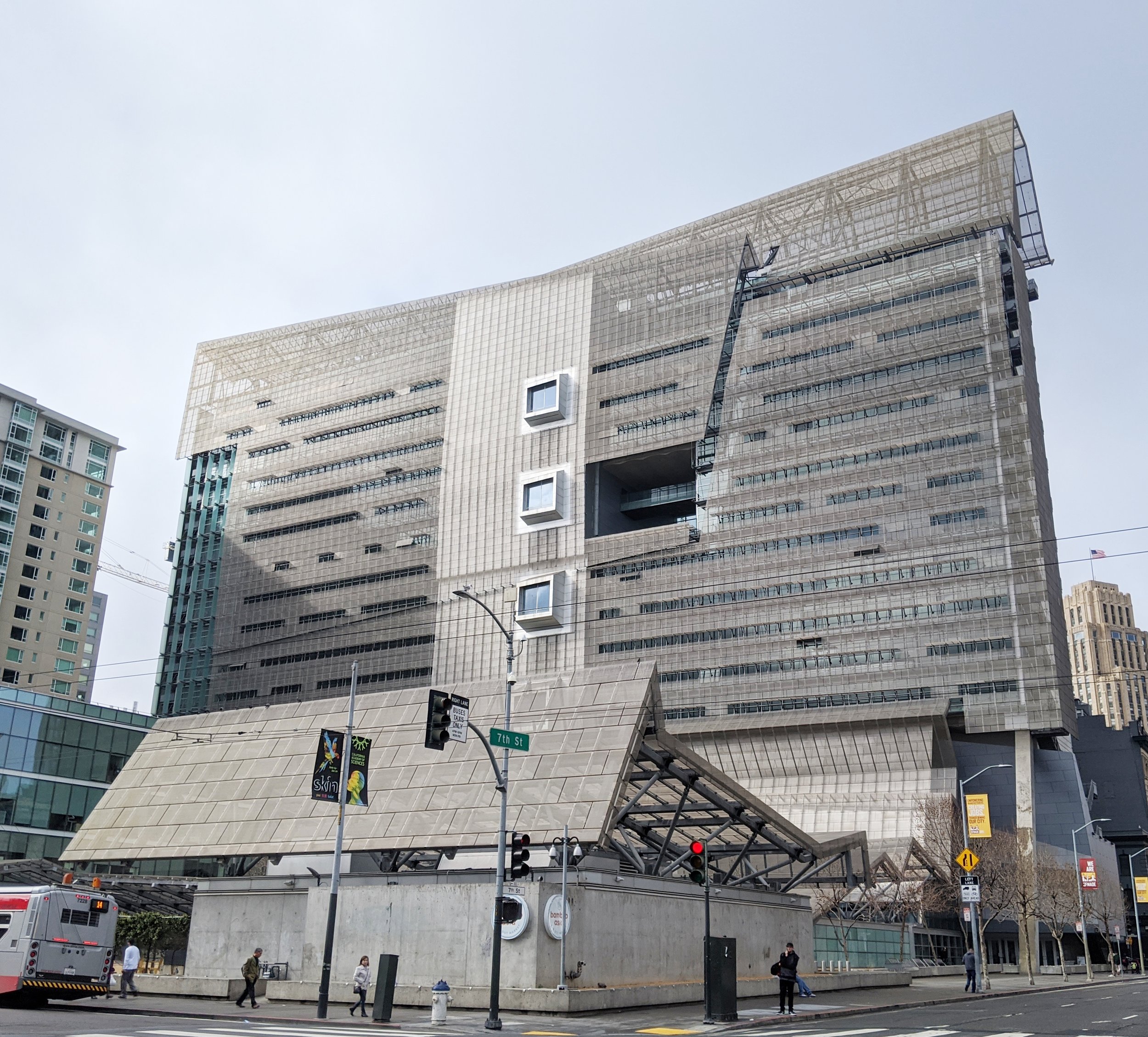


















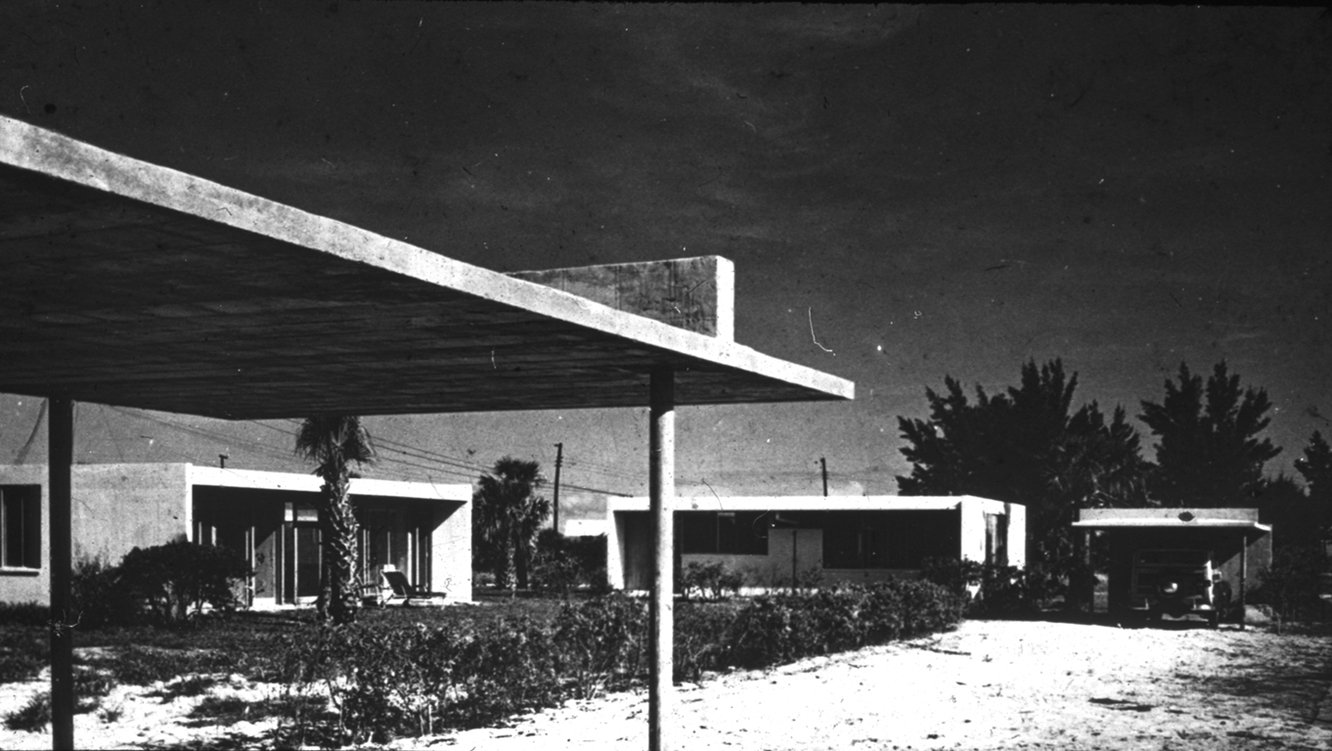
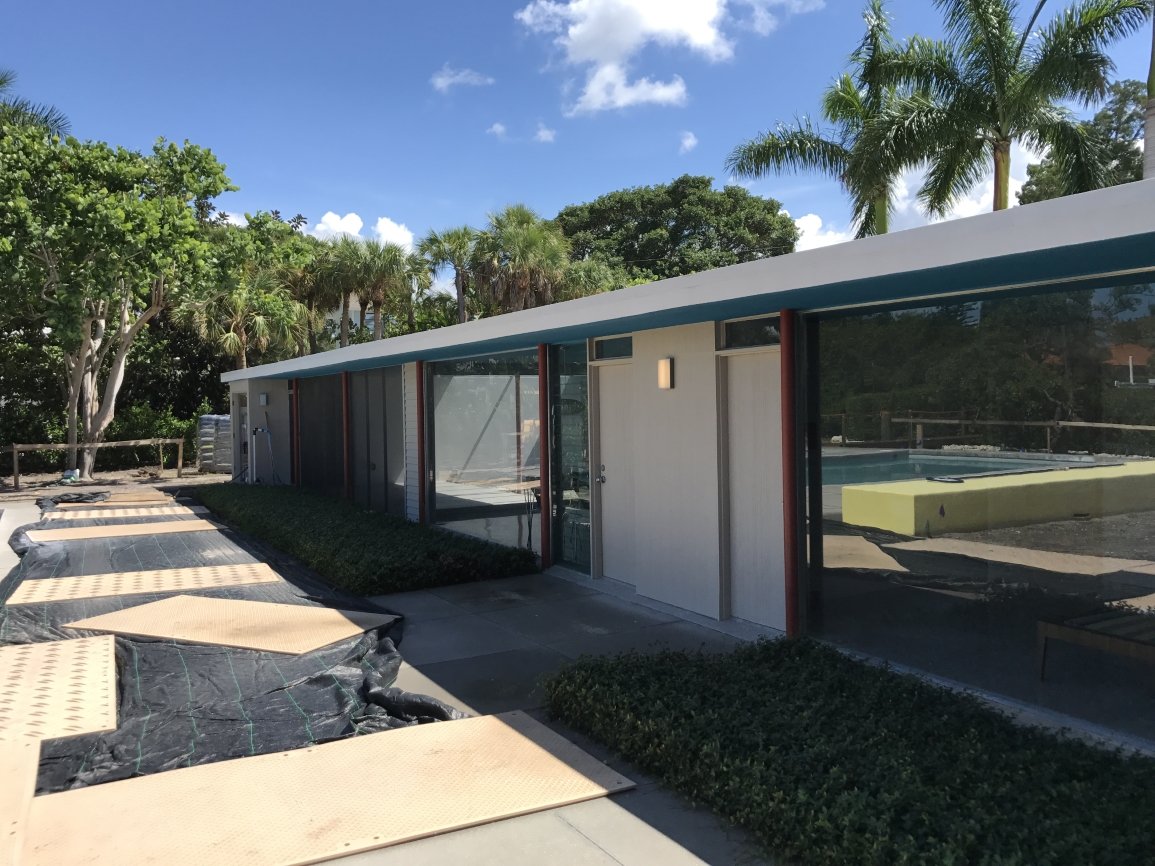

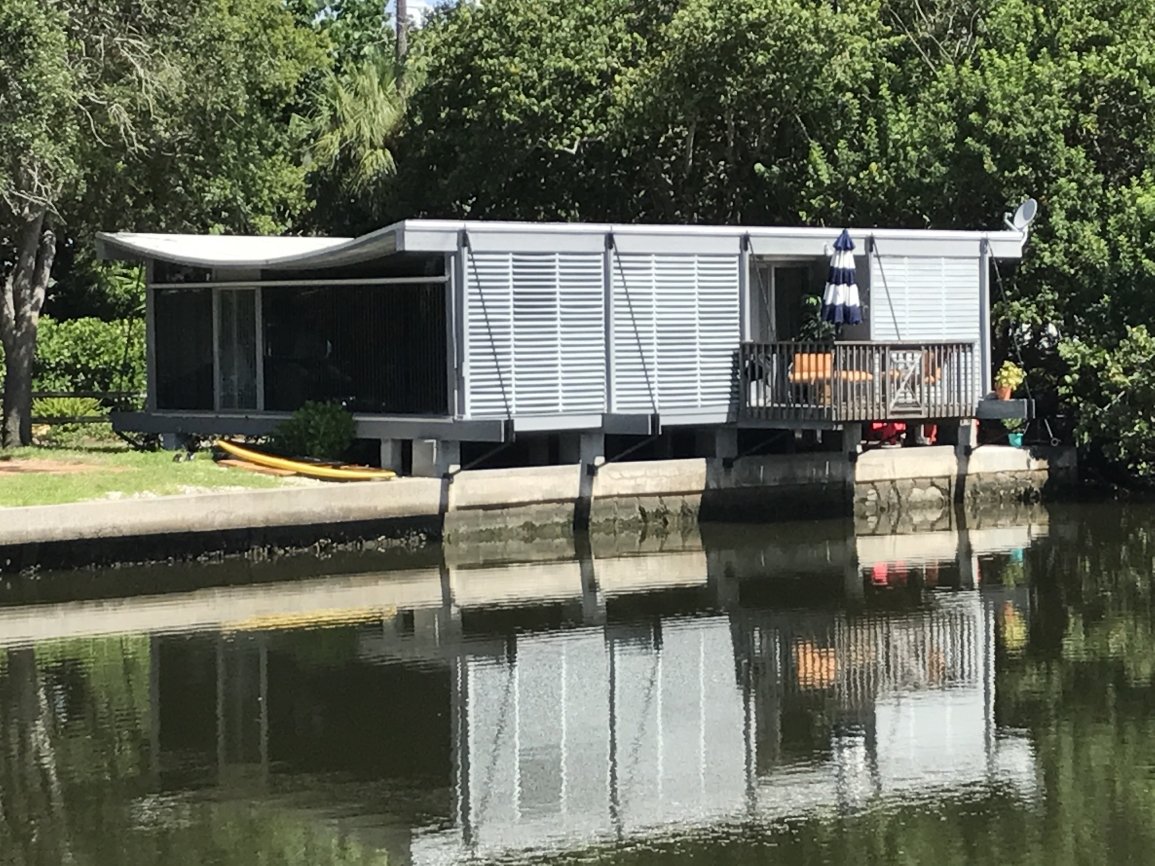
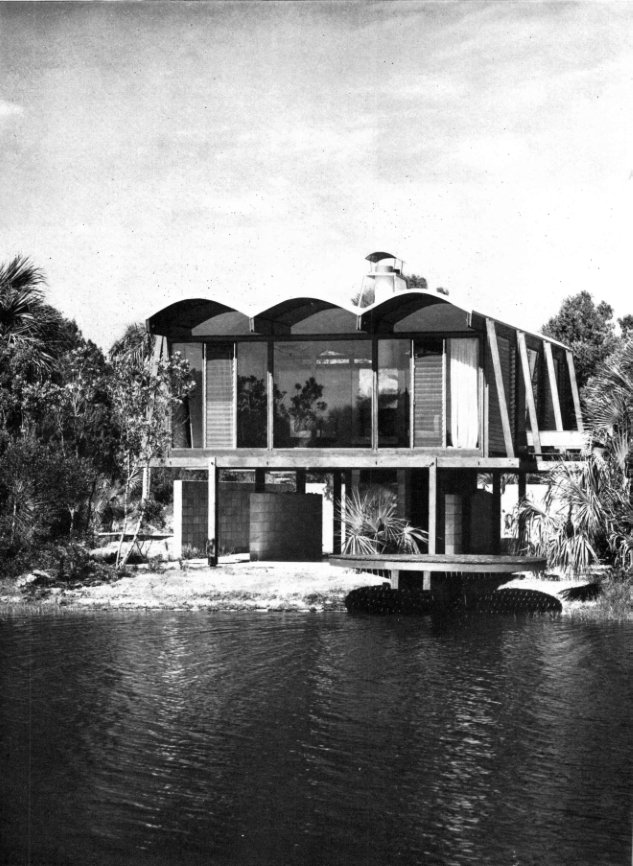
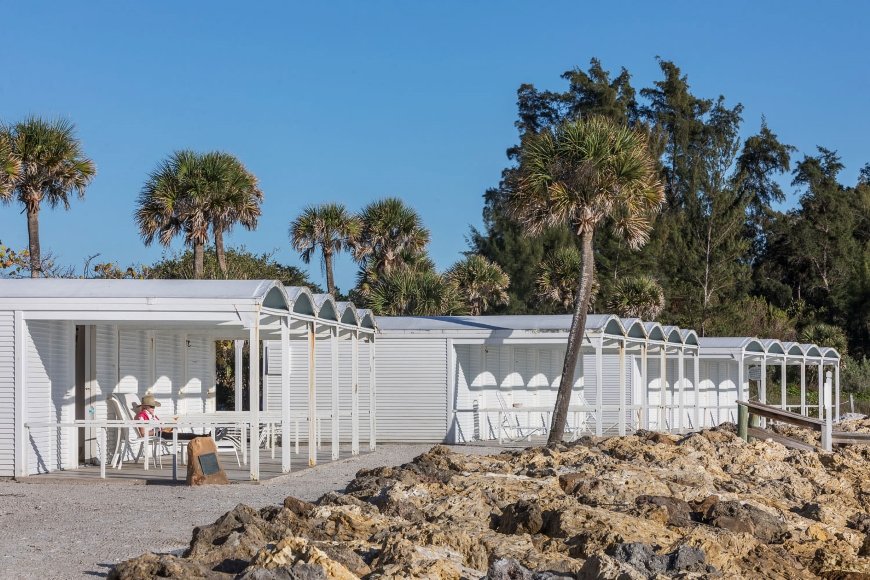

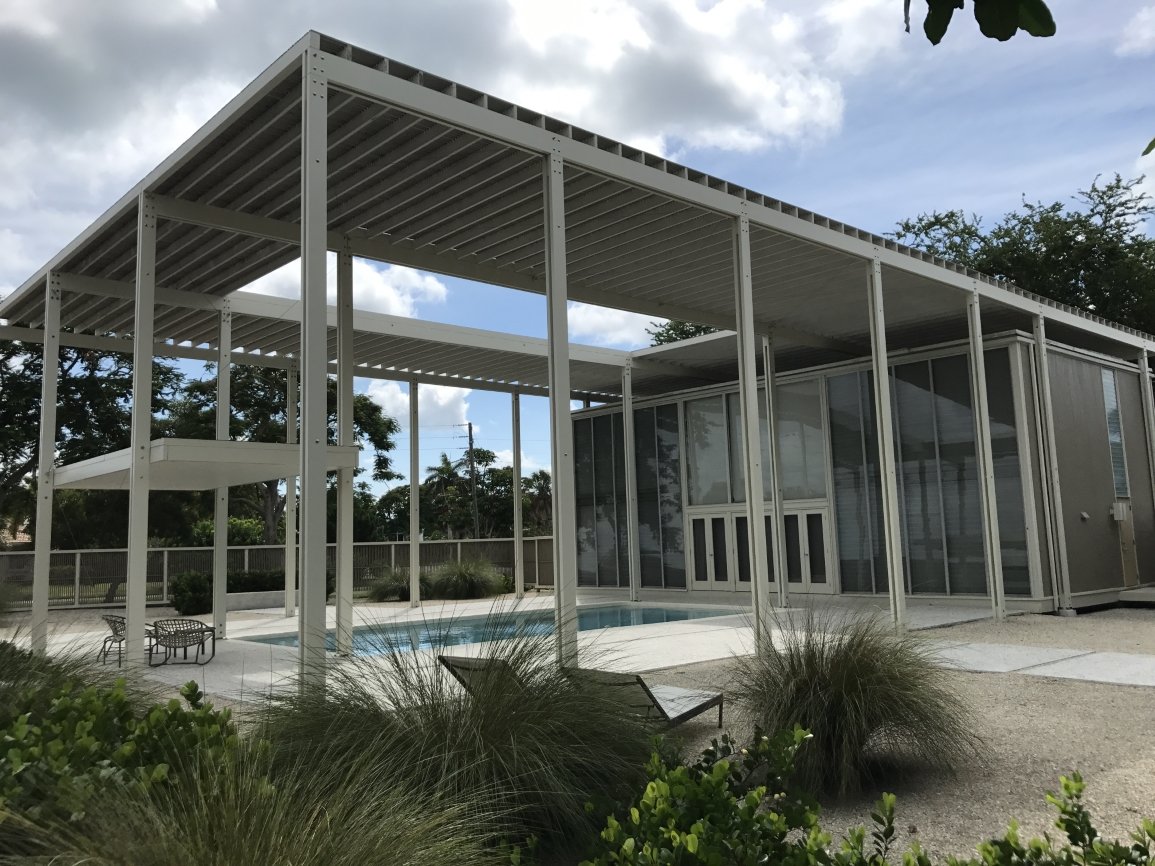


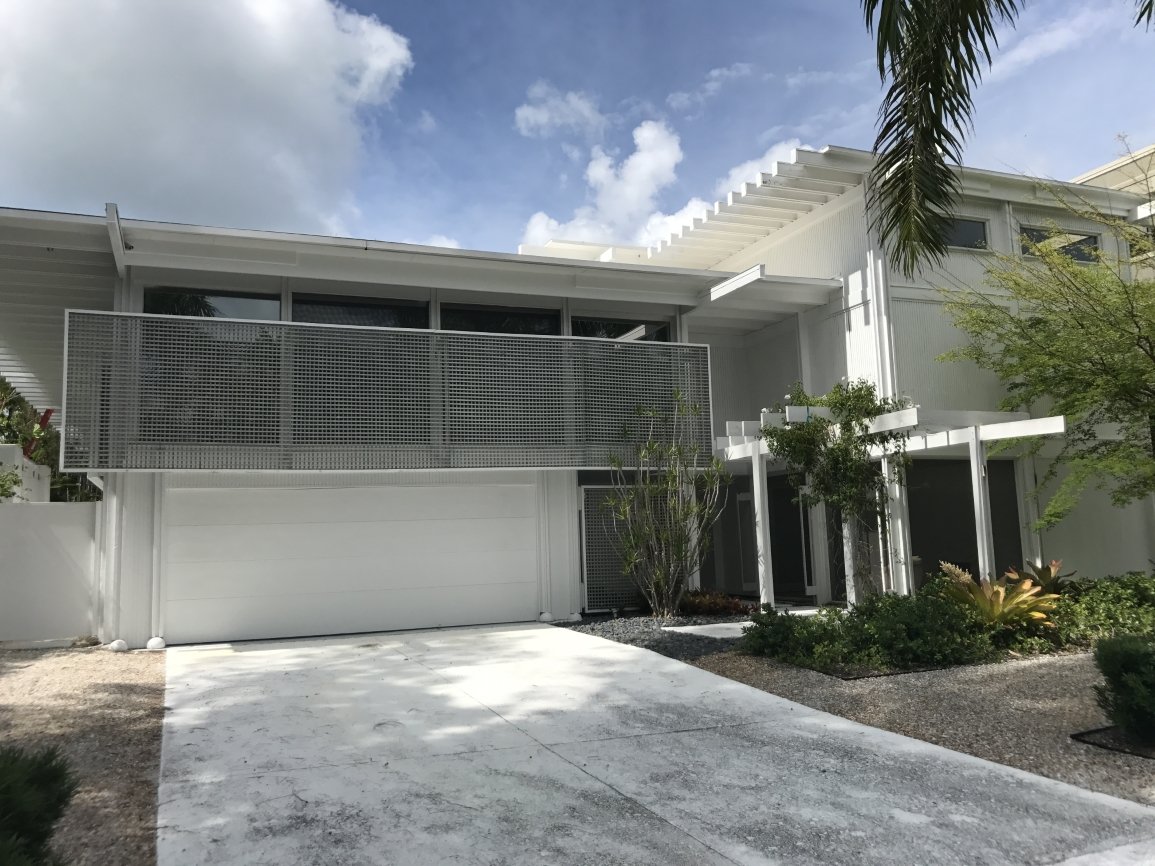








![Philp Johnson’s 1997 design: a “dog house” on the Glass House estate. According to the National Trust for Historic Preservation’s website: “This small structure was created by Johnson as a conceptual project for a classically-inspired tomb. However, when completed the small wooden object turned out to be just the right size for his and [David] Whitney’s new puppies to inhabit. . . .”](https://images.squarespace-cdn.com/content/v1/5a75ee0949fc2bc37b3ffb97/1631026468289-HZPCE6M866A7YQ4ZBZP2/Urban+dog+johnson+doghouse.jpg)



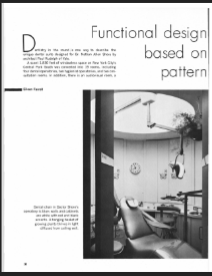











![A hero’s origin story which is known world-wide: a small capsule, taking the Kryptonian child that would become Superman, approaches Earth [as shown in the first episode of the 1952 Superman TV series.]](https://images.squarespace-cdn.com/content/v1/5a75ee0949fc2bc37b3ffb97/1630426962384-S6U72XRAHUDUYCSDIFGA/superman+capsule.JPG)
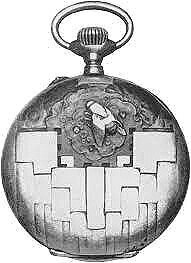

![Paul Rudolph’s section-perspective drawing through the Yale Art & Architecture Building (which has been red-dedicated as Rudolph Hall). The drawing gives a dramatic sense of the interpenetrating levels and the functions of the building’s complex of spaces. [It is worth going to the project page devoted to this building, where you can see an enlarged version of this drawing.]](https://images.squarespace-cdn.com/content/v1/5a75ee0949fc2bc37b3ffb97/1629825352174-AFUKN75PQLCFGUZKIGTC/yale+section.jpg)
![Rudolph’s section-perspective through the LOMEX project. This drawing not only conveys the architectural drama of the architecture Rudolph proposed, and the multiple-functions of the Manhattan-crossing mega-structure, but it also situates the project within the cityscape. [It is worth going to the project page devoted to this building, where you can see an enlarged version of this drawing.]](https://images.squarespace-cdn.com/content/v1/5a75ee0949fc2bc37b3ffb97/1629825387533-ZJFKY9LCVGFK80HASH75/lomex+section.jpg)














